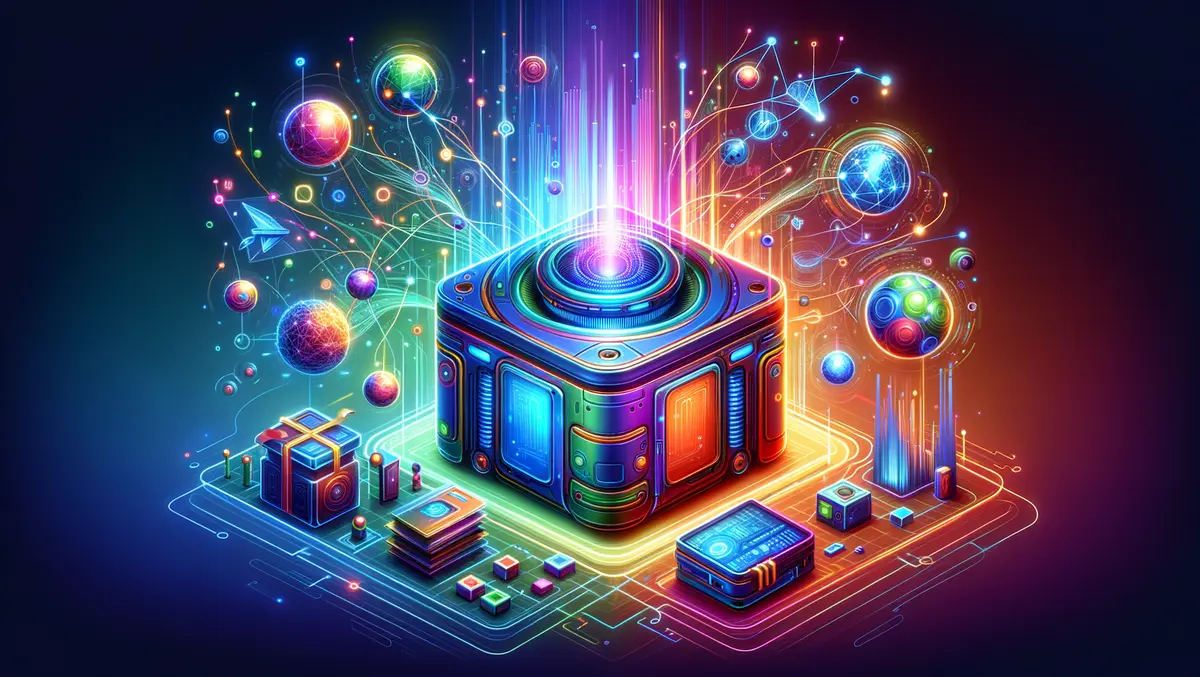
Expanding artificial intelligence capabilities with NVIDIA Edify's 3D asset generation
NVIDIA Edify, a multimodal architecture for visual generative artificial intelligence (AI), is broadening its range with the introduction of 3D asset generation capabilities. This new feature will allow developers and visual content providers to maintain greater creative control over AI image generation.
Shutterstock, a multimedia content and data provider, has announced the early access roll out of an application programming interface (API) developed on the Edify architecture. The API will enable creators to employ text prompts or images to quickly produce 3D objects for virtual scenes. Early access to Shutterstock's 3D AI Services will allow creators to produce virtual objects which will assist in set dressing and ideation, reducing the time required to prototype a scene.
Getty Images, the visual content creator and marketplace, plans to introduce custom fine-tuning capabilities to its commercially safe Generative AI service. This addition will aid enterprise customers in generating visuals that conform to brand guidelines and styles. The service will also incorporate new elements to give customers even further control of their generated images.
Developers have the ability to trial pretrained Edify models offered by Getty Images and Shutterstock as APIs through NVIDIA NIM, NVIDIA's new microservices for inference collection. Developers can also train and deploy their own generative AI models using the Edify architecture through NVIDIA Picasso, an AI foundry built on NVIDIA DGX Cloud.
Be.Live, a livestreaming platform, is utilising the NVIDIA Picasso foundry service to deliver real-time generative AI that enables the automated creation of visuals and an interactive experience for audiences. Similarly, Bria, a platform tailored for businesses developing responsible visual generative AI, has adopted Picasso to conduct inference. Also, Cuebric, a creative studio, is leveraging Picasso-powered generative AI applications to construct immersive virtual environments thus augmenting filmmaking and content creation.
At GTC, HP and Shutterstock are demonstrating their joint effort to enhance custom 3D printing using Edify 3D, which provides designers with limitless prototype options. This collaboration enables designers to rapidly iterate on concepts, creating digital assets that HP can transform into 3D printable models through automated workflows.
Starting in May, Getty Images will begin offering services to custom fine-tune the Edify foundation model to suit a company's brand and visual style. This will feature a self-service, no-code method for companies to upload a proprietary dataset, review automatically generated tags, submit fine-tuning tasks, and review the results before deploying to production.
Amongst those using Getty Images API services are leading creatives and advertisers including: Dentsu Inc., who uses Getty Images generative AI API service to power MAFA: Manga Anime For All; McCann, who used generative AI to help develop a game for client Reckitt's medicine Mucinex; Refik Anadol Studio, known for using generative AI in its artwork; and WPP, who is partnering with The Coca-Cola Company to explore how fine-tuning Getty Images model can help to build custom visuals that meet brand styles and guidelines.


